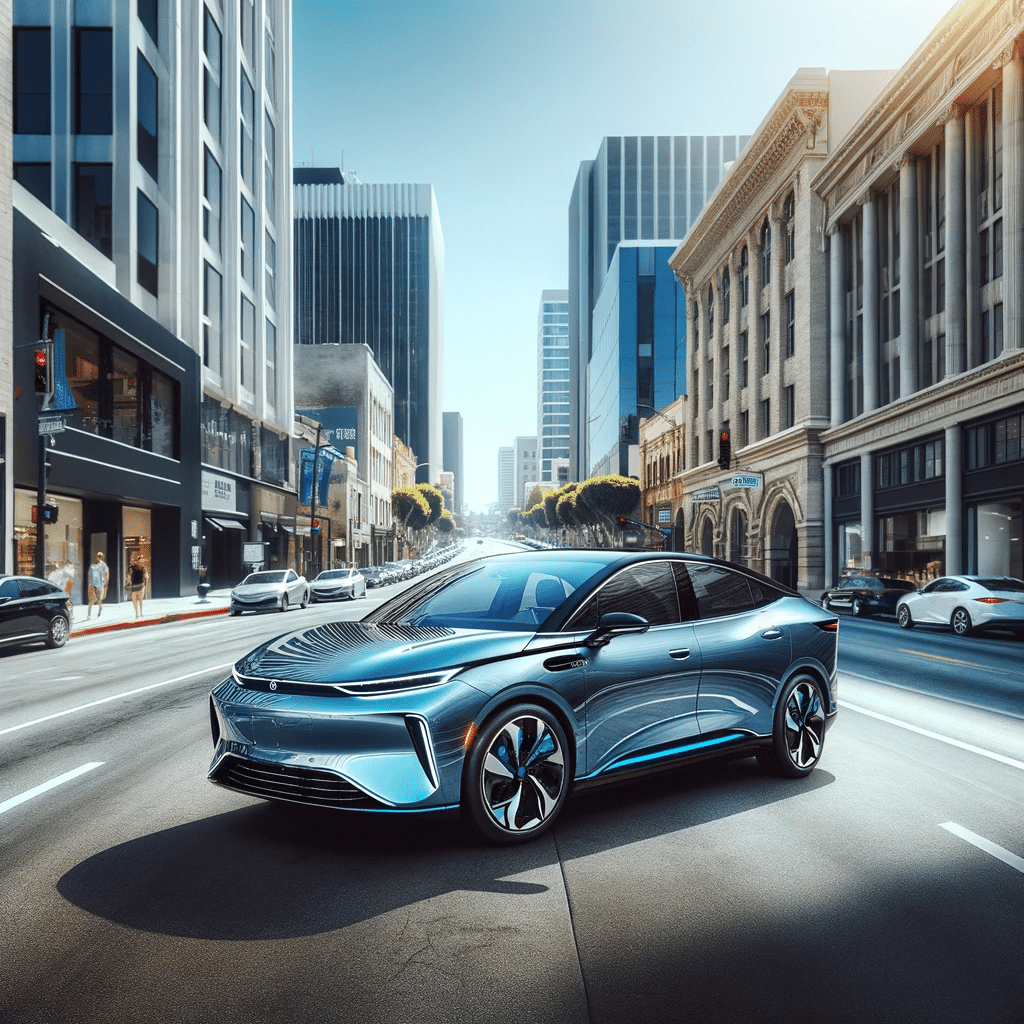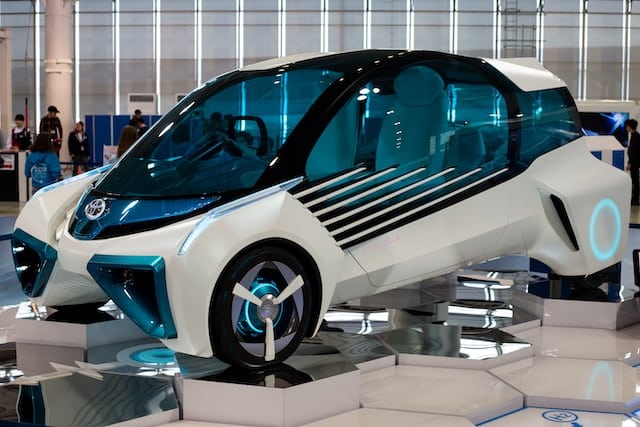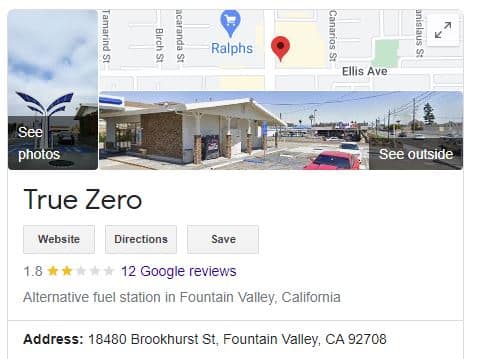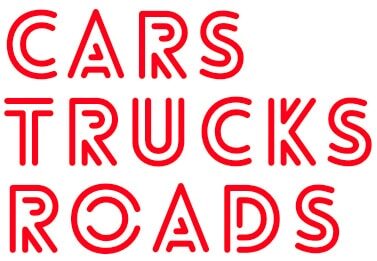
Hydrogen cars stand as a promising alternative to conventional vehicles, promising zero emissions with only water vapor as their exhaust. They’re a rarity on the roads, with roughly 15,000 in the U.S., all in California. This article demystifies hydrogen fuel-cell vehicles (HFCVs), from their operation to their feasibility, and compares them with their EV counterparts. Here, you’ll learn about the hydrogen car, its safety, the pros and cons, and the broader landscape, including costs and infrastructure challenges.
What is a Hydrogen Car?
Hydrogen cars use an electric motor powered by a fuel-cell stack. They generate electricity by combining hydrogen with oxygen. This technology makes them distinct from battery-electric vehicles (BEVs), although they share some similarities.
The Hydrogen Promise
Hydrogen fuel cell cars, like the Hyundai Nexo and Toyota Mirai, represent more than just an alternative to traditional combustion engines; they are a stride towards an ecologically sound future. With water vapor as their only emission, they offer an exciting glimpse into what clean motoring could look like. However, these technological marvels come with their own set of challenges, particularly when it comes to fuel availability.
Hydrogen Fuel Cell Vehicles on the Market
Currently, the U.S. market offers two models of hydrogen fuel cell vehicles: the Hyundai Nexo and the Toyota Mirai. These vehicles boast a sleek design and provide a comfortable ride, with engineering that enhances both smoothness and sportiness. Financially, they present an accessible price point, approximately $50,000 for purchase or a monthly lease option around $400, often accompanied by complimentary hydrogen fueling.
Behind the Wheel
Driving a hydrogen car is similar to driving any EV. The main difference lies in the fueling process, akin to pumping gas and taking about five minutes. Hydrogen cars meet the same safety standards as other vehicles. Their high-pressure tanks are built to withstand severe impacts.
California’s Hydrogen Highway
California, ever the environmental trendsetter, has taken a unique position in fostering a hydrogen fuel infrastructure. Despite boasting the only long-distance hydrogen network in the nation, drivers face the reality of a system in its infancy—stations are scarce, and fuel shortages are common.
Charging Ahead with Challenges
The state’s determination to lead the charge against climate change is palpable. However, the journey is fraught with hurdles, as the current refueling network leaves much to be desired in terms of reliability and accessibility. The lack of hydrogen fueling stations is a major hurdle. Currently, they are almost exclusive to California, limiting the practicality of hydrogen cars nationwide.
The Green Horizon
Despite the growing pains, the potential of hydrogen fuel cell technology is vast. The industry is poised for growth, with the promise of greener energy production methods and more efficient vehicles on the horizon. The question remains: how quickly can we bridge the gap between innovation and infrastructure?
Cost of Hydrogen Fuel
The advantages of hydrogen cars include quick refueling and no emissions. Still, hydrogen fuel is expensive to produce and distribute. This cost reflects on the fuel price for consumers, making hydrogen cars more costly to run than EVs.
Servicing a Hydrogen Car Maintenance for hydrogen vehicles can be more complex due to their specialized technology, potentially leading to higher service costs.
Pros and Cons of Hydrogen Fuel-Cell Vehicles The advantages of hydrogen cars include quick refueling and no emissions. However, their drawbacks are significant: high costs and limited infrastructure.
The Future of Hydrogen Cars

While EVs are becoming mainstream, hydrogen cars remain niche. Manufacturers are cautious, with only a few models available. The future of hydrogen cars is uncertain, hinging on infrastructure expansion and cost reductions.
Hydrogen cars offer an intriguing glimpse into a zero-emission future. But their success depends on overcoming significant challenges. For now, they remain a small part of the U.S. automotive landscape.
Fueling Frustration: The Troubles at True Zero’s Hydrogen Station in Fountain Valley

As of November 2023, the True Zero station at 18480 Brookhurst St, Fountain Valley, CA has garnered a concerning 1.8-star rating on Google Reviews, from a modest total of 12 reviews. The feedback paints a less than flattering picture of the facility. Reviewers hold no punches, with one declaring it “probably the worst hydrogen station in the world,” citing its instability and frequent mechanical issues. They advise against visiting when your car’s hydrogen levels are low—or perhaps not at all.
Another user echoes this sentiment, labeling the station “terrible” and “the worst,” due to its habitual operational problems and ineffective pumps, which lead to slow filling and low fills. The frustration is a common theme among the reviews, with tales of repeated system downtimes, even when the station’s status indicates ‘Online’. Desperate calls to customer support from stranded Toyota Mirai owners have become a regular occurrence at this site.
However, there is a glimmer of hope amidst the dissatisfaction; one update from April 19, 2022, shows an improved experience, bumping up a previous one-star rating to three stars, due to enhanced reliability. This reviewer suggests that remote assistance via a customer helpline can sometimes swiftly rectify system failures.
Yet, the overarching narrative remains negative, with the True Zero brand being dubbed as offering “zero customer service.” Complaints of expensive refueling costs, unhelpful technicians, and an overall feeling of relying on luck to refill hydrogen tanks, indicate deep-rooted customer service and reliability issues. These reviews collectively suggest that True Zero has significant room for improvement in both infrastructure and customer support if it aims to win back the confidence of hydrogen car owners.


